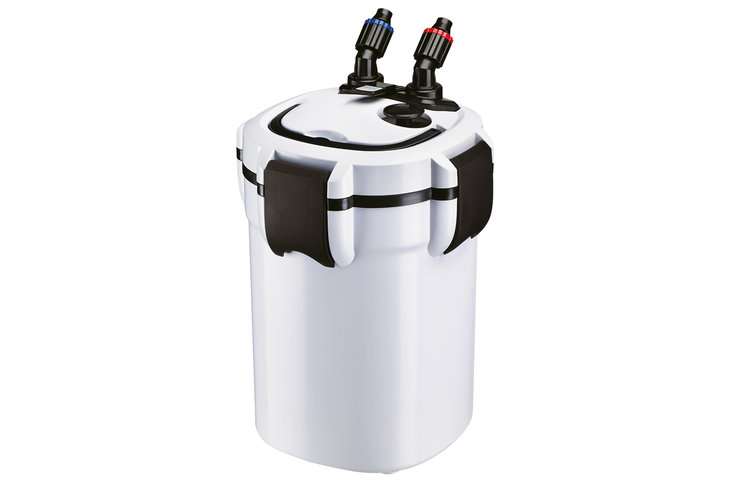
Exceptions include the ultraviolet (UV) filter typically used to protect the front surface of the lens, the neutral density (ND) filter, the polarising filter, color-enhancing filters, and the infra red (IR) filter. In digital photography the majority of filters used with film cameras have been rendered redundant by digital filters applied either in-camera or during post processing. The article on optical filters has information relevant to photographic filters, particularly special-purpose photographic filters like color enhancing filters and high-quality photographic filters, like sharp cut-off UV filters. Photographic filters sell in larger quantities, at correspondingly lower prices, than many laboratory filters. Optical filters are used in various areas of science, including in particular astronomy photographic filters are roughly the same as "optical" filters, but in practice optical filters often need far more accurately controlled optical properties and precisely defined transmission curves than filters only made for general photography. CC50Y – CC for colour correction, aa = 50 for the strength of the filter (50%), and b = Y for yellow.
#PHOTOX FILTERE CODE#
Most colour correction filters are somewhat more accurately identified by a code of the form CC aa b, e.g. The Wratten numbers adopted in the early twentieth century by Kodak, then a dominant force in film photography, are used by several manufacturers, but the degree of correspondence between the filters and the number labels is only approximate.

There is no universal or reliably standard naming or labelling system for filters.

As the filter is in the optical path, any imperfections – non-flat or non-parallel surfaces, reflections (minimised by optical coating), scratches, dirt – affect the image. Many filters absorb part of the light available, necessitating longer exposure. Linear and circular polarising filters reduce oblique reflections from non-metallic surfaces. There are filters that distort the image in a desired way, diffusing an otherwise sharp image, adding a starry effect, etc. Others change the colour balance of images, so that photographs under incandescent lighting show colours as they are perceived, rather than with a reddish tinge. In monochrome photography, coloured filters affect the relative brightness of different colours red lipstick may be rendered as anything from almost white to almost black with different filters. Sometimes they are used to make only subtle changes to images other times the image would simply not be possible without them. The filter can be of a square or oblong shape and mounted in a holder accessory, or, more commonly, a glass or plastic disk in a metal or plastic ring frame, which can be screwed into the front of or clipped onto the camera lens.įilters modify the images recorded. In photography and cinematography, a filter is a camera accessory consisting of an optical filter that can be inserted into the optical path.

The larger filter is a polarizer for Cokin-style filter mounts. Four photographic filters (clockwise from top-left): an infrared hot mirror filter, a polarizing filter, and a UV filter.


 0 kommentar(er)
0 kommentar(er)
